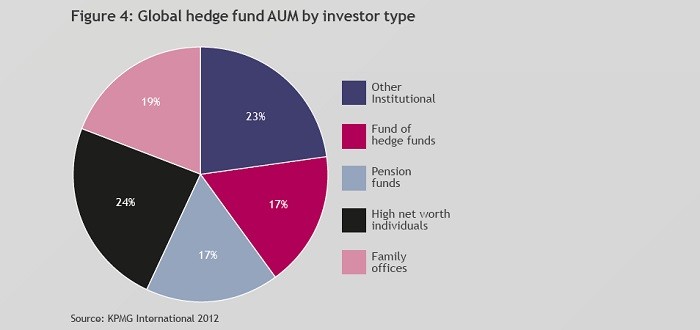Investors Benefit From Evolution Of Fund Of Hedge Funds Model
Post on: 16 Март, 2015 No Comment

Jan 22 2015 | 12:27pm ET
By Sean Coleman
Sciens Capital Management
Investors’ enthusiasm for the fund of hedge funds (FoHF) business model was significantly damaged by the financial crisis of 2008. However, as an industry, lessons have been learned and improvements made, notably to address the need to provide improved governance, greater transparency and better risk control. The most effective way to achieve this has been to reconfigure the business model and offer multi-manager solutions via managed account platforms thus creating a new acronym, FoMA (fund of managed accounts). As a result, we have observed that investors have returned in search of diversified exposure to hedge funds, a trend that has gathered momentum through 2014. The focus of this article is to examine the FoMA structure and explore the similarities and differences between it and the traditional FoHF model, as well as the merits and limitations associated with each.
Understanding the model
Both FoHFs and FoMAs act as collective investment schemes, pooling investor money and investing it across a number of hedge fund managers and strategies. FoHFs invest directly into a number of hedge funds. In contrast, a FoMA invests into several managed accounts each typically replicating the investment strategy of an existing hedge fund. A FoMA can either invest solely in the managed accounts of a single platform provider or be multi-platform, investing in the managed accounts of multiple platforms. The managed account platform provider acts as the investment manager and has responsibility for the operation and governance of the account while the hedge fund manager is retained as the trading advisor to implement the trading and investment of the managed account.
Investors’ quest for transparency
In response to significant investor and regulatory pressure, the majority of hedge fund managers are now far more transparent than they were prior to the financial crisis. Investors, including FoHFs, demand access to and detailed reporting from their hedge fund managers. Managed account platforms have invested significantly in risk and other reporting technology to provide this. Single platform FoMA operators who are part of a managed account platform have the additional advantage of full position level reporting which allows daily consolidated risk analysis, something which a FoHF or a multi-platform FoMA would find extremely hard to achieve. While individual portfolio details are not usually available to the end investor, FoMA reporting can be tailored to provide detailed consolidated portfolio level analyses to the end investor.
The interests of hedge fund managers and their investors are not always aligned. A conflict between the hedge fund’s desire to attract assets and generate fees can lead managers to take on increased risk and drift beyond the stated investment mandate and their core competencies. Often a hedge fund’s offering documents are very broadly worded with few, if any, investment restrictions, thereby allowing the manager broad investment discretion. A responsible FoHF manager will mitigate this risk by remaining in close contact with the underlying managers and by seeking regular updates and explanations as to the fund’s performance, positioning and risk exposures. The investment guidelines, trading limits and investment restrictions for managed accounts are detailed in the trading advisory agreement and monitored daily by the platform manager. The platform manager, who has full position level transparency, monitors each trading advisor to ensure it continues to adhere to the stated investment objectives and that the portfolios are managed within their risk limits and investment restrictions.














